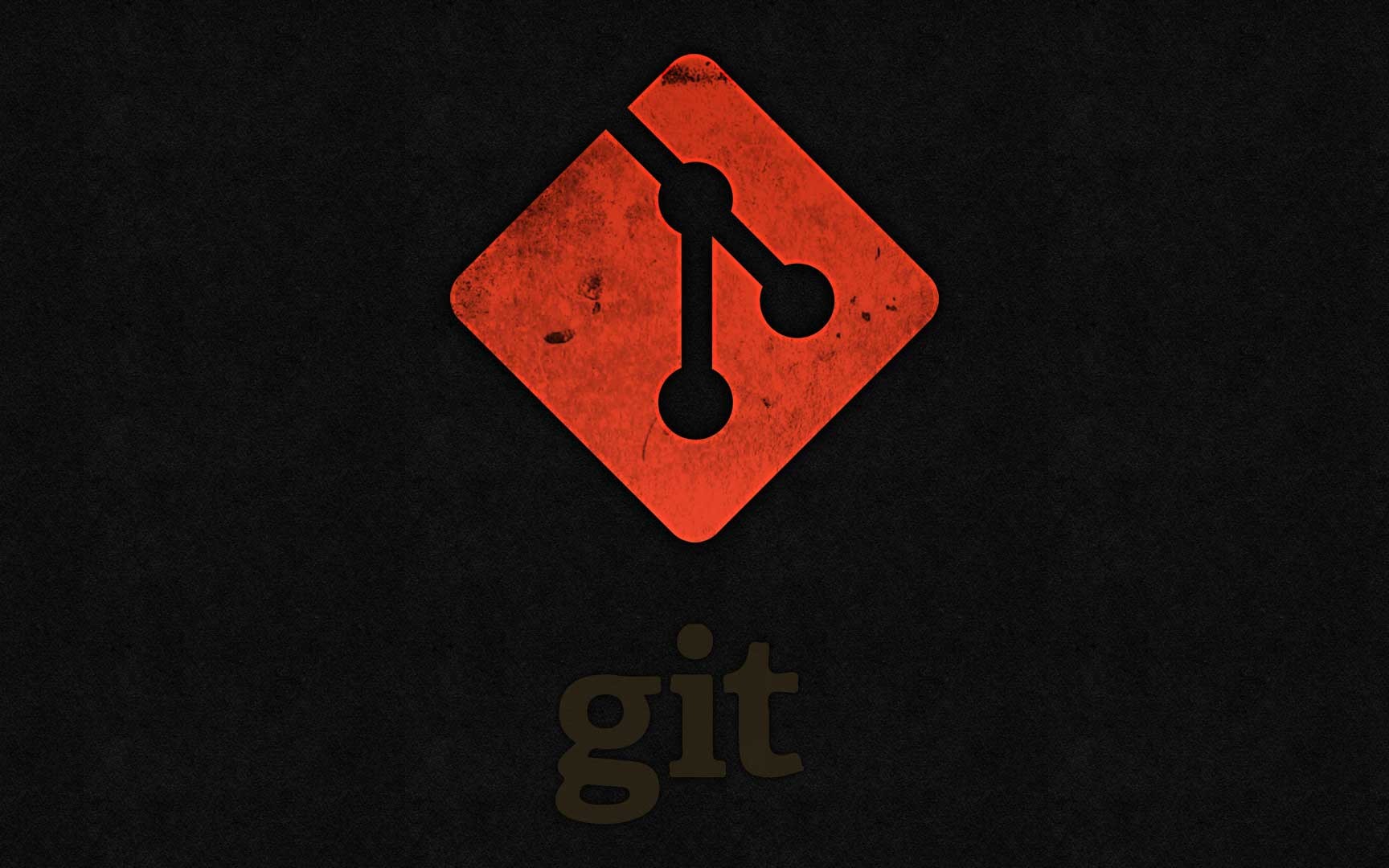# Git's cheat sheet
A highly opinionated Git cheat sheet:
Take a look at the Git tips.
# General
- cloning and switching to branch:
git clone <repository> -b <branch-name>
# Branches
- listing existing branches:
git branch -avv - creating a new branch and switching to it:
git checkout -b <branch-name> - creating a branch from a remote one and track it:
git checkout -t <remote>/<branch-name> - pushing the branch and tracking it:
git push -u <remote> <branch-name> - removing the remote branch:
git push <remote> :<branch-name>(note the:before the branch name) - removing a local branch:
git branch -d <branch-name>(won't remove unmerged branches) - removing both local and remote branches:
git branch -rd <branch-name> - removing branches that doesn't exist anymore on the repository:
git fetch -p - renaming a branch:
git branch -m <current-branch-name> <new-branch-name> - finding unmerged branches:
git banch --no-merged - switching to a branch:
git checkout <branch-name>
# Tags
- listing existing tags with the message:
git tag -n<number-of-lines> - creating a new tag:
git tag -a <tag-name> -m '<message>' - pushing the tag:
git push <remote> <tag-name> - removing a remote tag:
git push <remote> :<tag-name>(note the:before the tag name) - removing a local tag:
git tag -d <tag-name> - renaming a tag:
git tag <old-tag-name> <new-tag-name>; git -d <old-tag-name> - changing the tag's commit to the current one:
git tag -f <tag-name> <commit-hash>
# Stashes
- listing stashes:
git stash list - creating a new stash:
git stash [save '<description>'] - applying the stash and remove it:
git stash pop <stash> - removing all stashes:
git stash clear - removing the stash:
git stash drop <stash>
# The <stash> argument
- refering to a stash by its number:
stash@{<number>} - most recent stash:
stash@{0} - when ommiting the
<stash>argument,stash@{0}is assumed
References: git ready
# Remotes
- listing existing remotes:
git remote -v - adding one:
git remote add <remote-name> <repository-url> - removing one:
git remote rm <remote-name> - renaming one:
git remote <current-remote-name> <new-remote-name> - showing one:
git remote show <remote-name> - changing URL:
git remote set-url <remote-name> <new-repository-url>
# Common remote names
origin: default name of the cloned repositoryupstream: name of the original repository (used when your repository is a fork)
# Reverts
Create a new commit which undo a previous one.
- reverting a commit:
git revert <commit-hash> - reverting a merge:
git revert -m 1 <merge-commit-hash>

